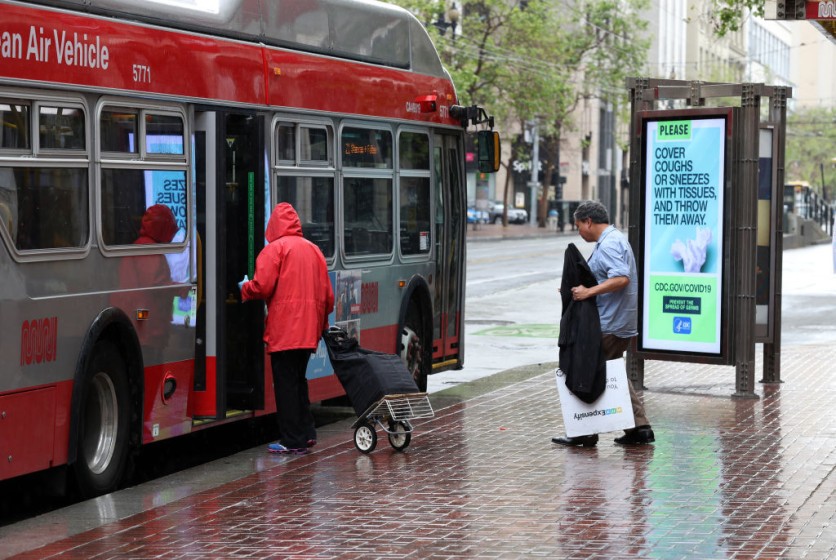San Francisco has introduced an autonomous shuttle service, marking another step in the city's exploration of self-driving vehicles for public transportation.
According to Associated Press, this development follows the California regulators' approval of robotaxis' expansion, despite concerns regarding traffic and safety.
The newly launched driverless buses operate on a fixed route named the Loop, encircling Treasure Island, which is situated in San Francisco Bay.
This former US Navy base now houses approximately 2,000 residents and features seven stops, connecting residential areas with stores and community centers.

San Francisco Driverless All-Electric Vehicle
The shuttle, an all-electric vehicle devoid of a driver's seat or steering wheel, includes an attendant who can take control of the bus using a handheld controller if deemed crucial.
The initiative is part of a pilot program funded by grants aimed at evaluating how autonomous vehicles can complement the existing public transit system.
The project seeks to understand the dynamics and functionality of a driverless shuttle in a controlled environment with minimal traffic and low speeds.
Tilly Chang, the executive director of the San Francisco County Transportation Authority, emphasized the importance of having an attendant on board to create a sense of comfort among passengers.
"This is just a demonstration for now to see, what does it look like and how does it work to have a driverless shuttle in a low-volume, low-speed environment?" Chang added, as AP reported.
San Francisco joins other cities worldwide that embrace self-driving technology to explore its potential for revolutionizing public transportation.
Beep manages the autonomous shuttle service in San Francisco. This Florida-based company has previously run similar pilot programs in multiple communities, such as the Miami Zoo, Mayo Clinic, and Yellowstone National Park.
The focus of these shuttles is on short connectivity routes for the first and last mile of the journey. Shelley Caran, the project manager at Beep, noted that autonomous vehicles offer quicker reaction times compared to humans and provide a more reliable service due to their lack of distractions.
Test Ride of Autonomous Shuttle Service
While undergoing a test ride, the autonomous shuttle showcased careful and gradual self-driving behavior. An attendant manually guided the vehicle to navigate around road obstacles.
According to AP's report, despite a few sudden stops, passengers expressed a sense of security throughout the journey. The shuttle, designed to accommodate up to 10 passengers, operates daily from 9 a.m. to 6 p.m., circling the Loop every 20 minutes.
The service utilizes two shuttles to ensure continuous operation, with one charging while the other serves passengers. The initiation of this self-driving shuttle initiative comes shortly after the California Public Utilities Commission authorized two robotaxi companies, Cruise and Waymo, to provide continuous passenger services in San Francisco.
These approvals have sparked worries about unforeseen halts, traffic congestion, and disruptions to emergency vehicles. Cruise even disclosed a recent incident where one of its robotaxis collided with a city fire truck, leading to an injured passenger.
Nonetheless, specialists believe that autonomous buses, often equipped with attendants or drivers, are less susceptible to encountering similar challenges.
Related Article : GM Recalls 300 Cruise Models After Bus Crash in San Francisco

ⓒ 2025 TECHTIMES.com All rights reserved. Do not reproduce without permission.




